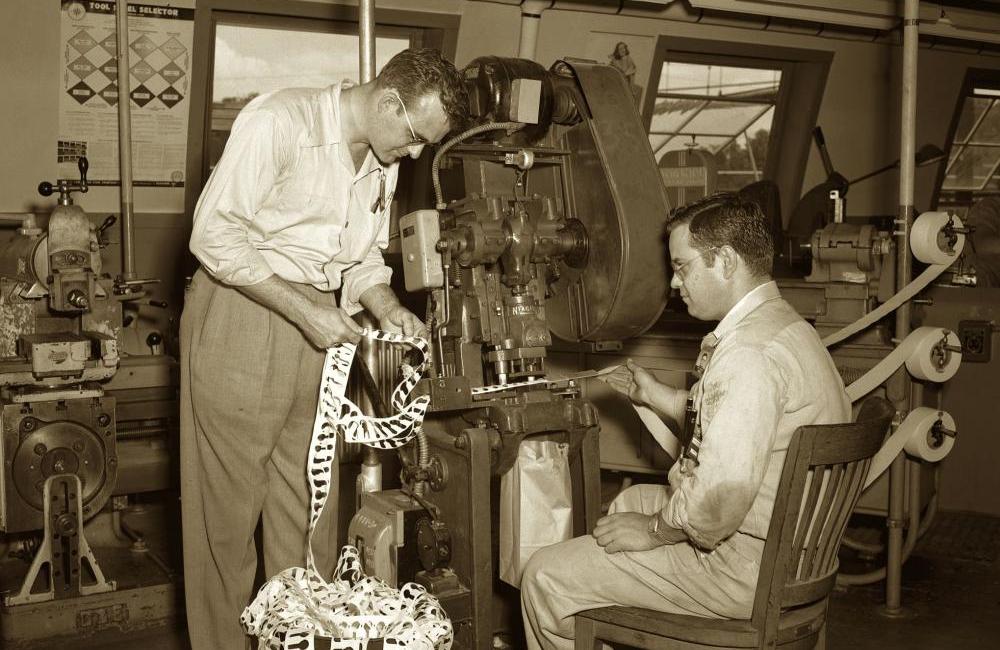75 years of science and technology
People were aware of ionizing radiation’s potential dangers well before World War II and the Manhattan Project. The death of radiation pioneer Marie Curie had been linked to radiation exposure, as had the diseases and deaths of workers who painted watch faces with radium paint.
Dose limits had, therefore, been in place for nearly a decade before the creation of Oak Ridge and the Graphite Reactor. Even so, the challenges presented by the Manhattan Project were fundamentally different. Never before had scientists contended with the energy levels that would be present.
To ensure the safety of workers, an entire section was established at Chicago’s Metallurgical Laboratory to create detectors and other devices that could monitor worker exposure. It was a big job. Not only did such devices not exist—at least not in a form that workers could wear—but the health studies that informed later dose limits had not been conducted.
Pioneering Oak Ridge neutron scientist Ernest Wollan and his colleagues invented the film badge worn by radiological workers. The badge allowed a technician to determine the exposure of someone who had been in a known place for a known time. One of the first real-time personal radiation monitors was invented by ORNL’s P. R. Bell. That device had a meter and would emit an audible alarm if radiation exceeded a set threshold.
Radiation safety became a major responsibility for ORNL. Biologists conducted thousands of experiments at the Graphite Reactor using mice. The results led to a reduction in human exposure limits.
After the war, ORNL’s Liane Russell discovered that fetuses are particularly at risk from radiation. Her work led to special radiation exposure limits for pregnant women.


